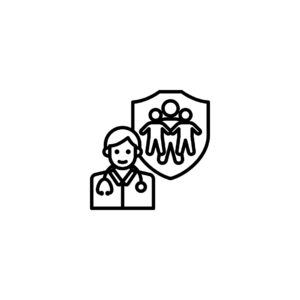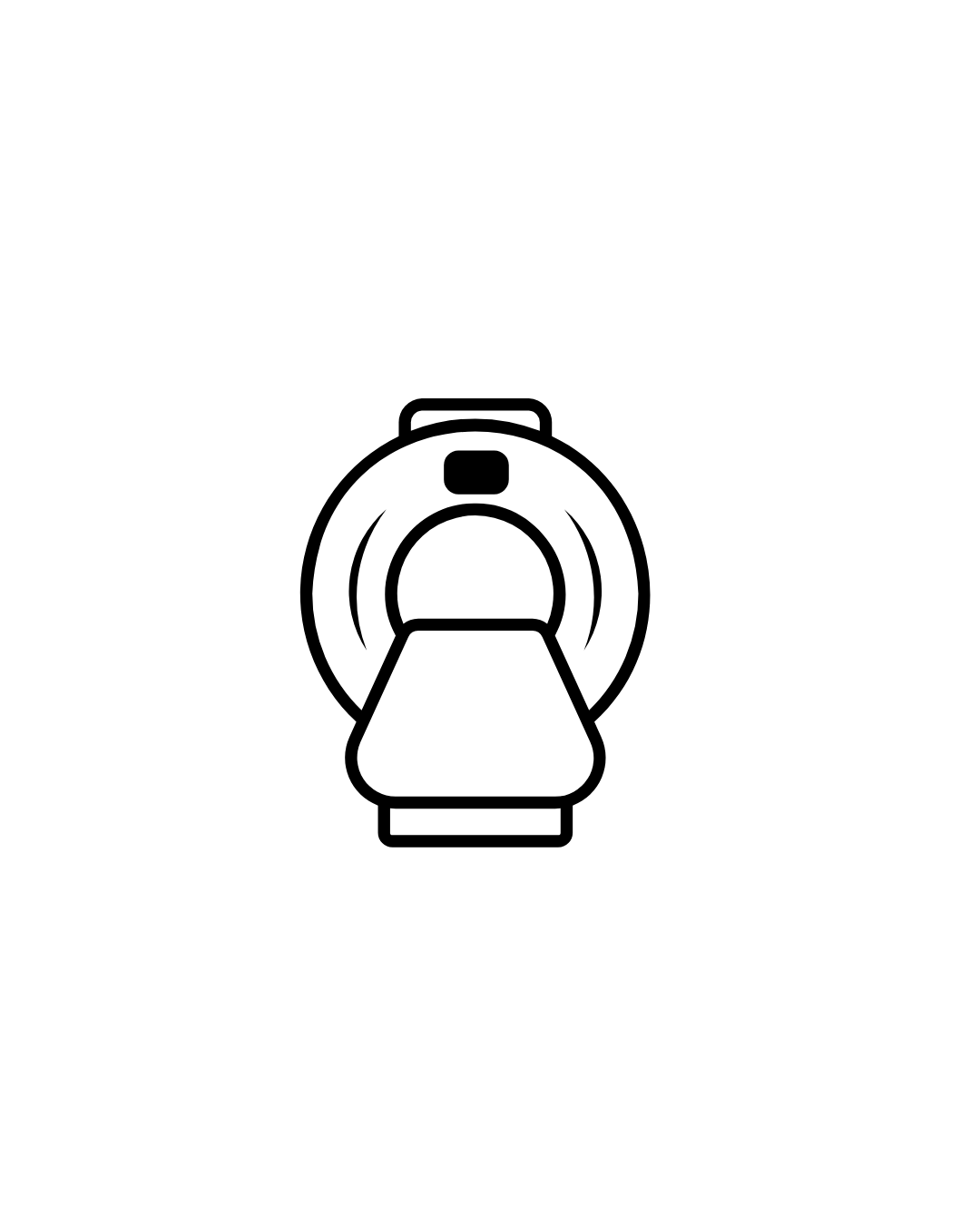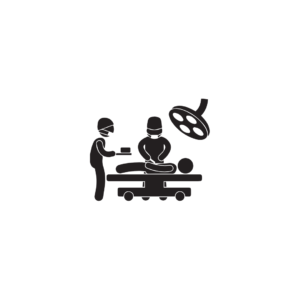Description
Overview of Diploma in Radiology and Imaging Technology (RIT)
The Diploma in Radiology and Imaging Technology program is designed to train students in the use of imaging technologies for diagnostic and therapeutic purposes in medical settings. This program covers a range of imaging modalities, including X-rays, computed tomography (CT), magnetic resonance imaging (MRI), and ultrasound. Graduates of this program play a critical role in assisting healthcare professionals to diagnose and treat various medical conditions through advanced imaging techniques.
Core Areas of Study in the Radiology and Imaging Technology Program
Introduction to Radiology and Imaging Technology
Overview of the field of radiology, including the importance of imaging in medical diagnosis and the role of radiologic technologists.
Anatomy and Physiology
Study of human anatomy and physiology relevant to diagnostic imaging, focusing on the anatomical structures and systems commonly imaged.
Radiographic Techniques
Comprehensive training in the principles and techniques of radiography, including patient positioning, exposure settings, and safety protocols.
Imaging Modalities
In-depth study of various imaging technologies, such as:
X-ray Imaging: Techniques and safety measures for obtaining radiographs.
Computed Tomography (CT): Principles of CT imaging, scanning protocols, and interpretation of CT results.
Magnetic Resonance Imaging (MRI): Understanding MRI principles, safety protocols, and imaging techniques.
Ultrasound: Basics of ultrasound technology, including imaging techniques and applications.
Radiation Physics and Safety
Principles of radiation physics, dosage calculations, and implementing safety protocols to protect patients and staff from ionizing radiation.
Image Interpretation and Evaluation
Skills for analyzing and interpreting imaging findings, understanding normal vs. abnormal presentations, and communicating results to medical professionals.
Clinical Practices
Practical experience in healthcare settings, where students apply their theoretical knowledge in real-world patient care under supervision.
Patient Care and Communication
Techniques for effectively communicating with patients, explaining procedures, and providing comfort and support during imaging exams.
Quality Assurance and Health Regulations
Understanding quality control measures in imaging, compliance with health regulations, and maintaining standard operating procedures.
Curriculum Structure
A typical Diploma in Radiology and Imaging Technology program may include:
Core Courses: Key subjects covering anatomy, radiographic techniques, imaging modalities, and patient care practices.
Laboratory Practice: Hands-on training with imaging equipment, practicing techniques, and learning to operate various imaging modalities.
Clinical Rotations: Practical placements in hospitals or clinics, allowing students to gain real-world experience in diagnostic imaging.
Elective Courses (if applicable): Options may include specialized topics such as advanced imaging techniques or interventional radiology.
Capstone Project or Internship: A final project or clinical experience emphasizing the integration of skills and knowledge in radiology practices.
Admission Requirements
Admission to a Diploma in Radiology and Imaging Technology program typically requires:
A high school diploma or equivalent, with a strong foundation in science subjects, particularly biology and physics.
Minimum GPA requirements may vary by institution but are generally around 2.5 or higher on a 4.0 scale.
Some programs may require letters of recommendation and a personal statement expressing the applicant?s interest in radiology.
Skills Developed in the Radiology and Imaging Technology Program
Graduates of the Diploma in Radiology and Imaging Technology program will develop essential skills, including:
Technical Proficiency: Ability to operate various imaging equipment and perform procedures accurately.
Anatomical Knowledge: Understanding of human anatomy relevant to diagnostic imaging, allowing for accurate imaging and positioning.
Interpretation Skills: Ability to analyze imaging results, identifying normal anatomical structures and reporting abnormalities.
Patient Care Skills: Proficiency in managing patient interactions, ensuring comfort during procedures, and addressing concerns.
Attention to Detail: Capability to follow protocols meticulously to ensure high-quality imaging and patient safety.
Career Opportunities
Graduates with a Diploma in Radiology and Imaging Technology can pursue various career paths, including:
Radiologic Technologist
Specializing in performing X-rays and other imaging modalities and assisting radiologists in diagnoses.
CT/MRI Technologist
Operating CT or MRI machines, conducting scans, and ensuring patient safety and comfort during procedures.
Ultrasound Technician
Performing diagnostic ultrasound exams, assisting in monitoring fetal development, and other bodily conditions.
Radiology Assistant
Supporting radiologists by preparing patients for examinations, assisting in imaging procedures, and managing equipment.
Clinical Instructor
Teaching and training future radiologic technologists in educational institutions or healthcare settings.
Conclusion
The Diploma in Radiology and Imaging Technology program prepares students for vital roles in healthcare, focusing on diagnostic imaging technologies and patient care. Graduates are equipped to support physicians in diagnosing and treating medical conditions, thereby enhancing patient outcomes. If you have any further questions about the Diploma in Radiology and Imaging Technology program or related topics, feel free to ask!









